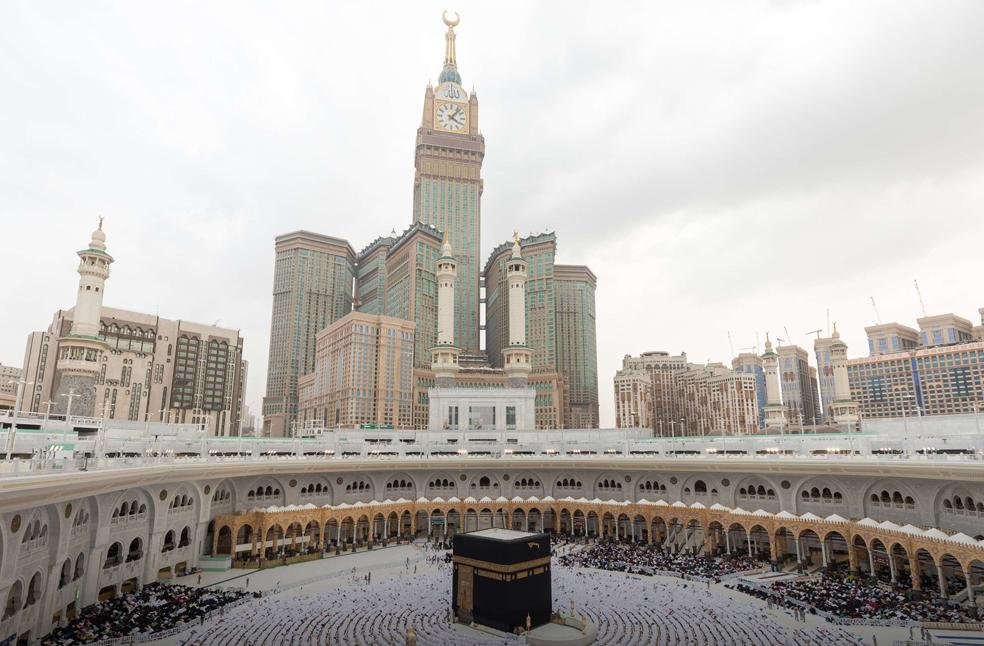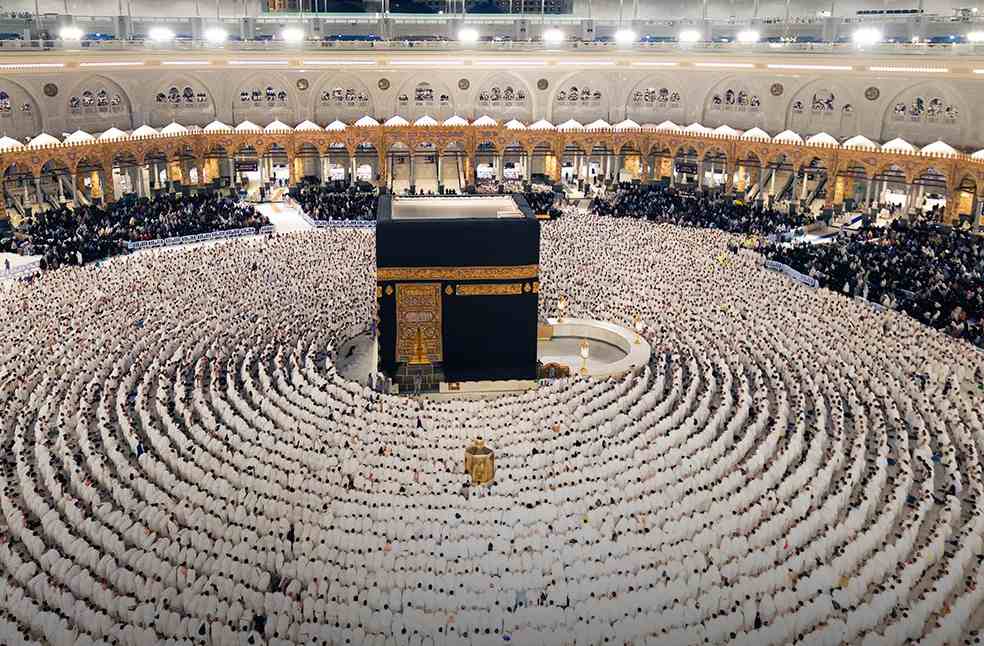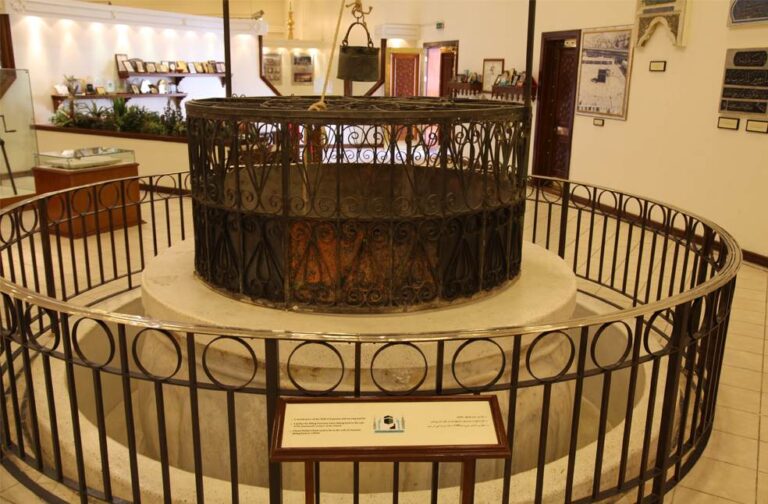Mecca, Saudi Arabia: Zamzam, the sacred wellspring at the heart of Islam’s holiest site, continues to sustain millions as the annual Hajj pilgrimage begins. This year, about 1.8 million Muslims from around the world are expected to converge in Mecca, with the pilgrimage set to conclude on June 8.
Central to the pilgrimage is Zamzam water, a wellspring believed to have flowed continuously for over 4,000 years. The Zamzam well is located inside the Grand Mosque of Mecca (Masjid al-Haram), about 21 meters east of the Kaaba, beneath the Mataf area, the white marble space where pilgrims perform Tawaf, walking around the Kaaba.
The well is situated under the marble-tiled floor, lowered into a basement about 2.7 meters deep after expansions commissioned by King Saud in 1962 to accommodate more pilgrims.
The well’s openings were closed in 2003 to allow further mosque expansion, and today, pilgrims access Zamzam water through fountains and dispensers throughout the mosque.

History of Zamzam
Zamzam water’s significance traces back to Islamic tradition involving Prophet Abraham (Ibrahim), his wife Hagar (Hajar), and their son Ishmael (Ismail). Abraham left Hagar and Ishmael in the desert valley of Mecca by God’s command.
When their provisions ran out, Hagar ran seven times between the hills of Safa and Marwa searching for water. In response to her faith, God miraculously caused water to gush near Ishmael’s feet, forming the Zamzam well. This spring saved their lives and led to Mecca’s settlement, now a city of around 2.2 million people.
During Hajj and Umrah pilgrimages, Muslims reenact Hagar’s search by walking seven times between Safa and Marwa in the Sa’i ritual, then drink Zamzam water as the Prophet Muhammad praised its purity and healing properties.
The word ‘Zamzam’ is believed to come from Hagar’s exclamation, which means ‘stop! stop!’ or ‘hold! hold!’ as she tried to contain the water flow.

Zamzam well
The Zamzam well is about 31 meters deep and hand-dug. It draws water from an underground aquifer replenished by rainwater from the surrounding Ibrahim Valley (Wadi Ibrahim) and nearby hills.
Water enters through sand, gravel, and rock cracks. Electric pumps now raise the water instead of the traditional bucket method. Though the well is closed to the public, water is widely available via dispensers in the mosque.
Zamzam water has flowed uninterrupted for millennia. According to Saudi authorities, daily water supply and consumption vary by season. On regular days, the supply is about 950,400 liters (251,000 US gallons), with 700,000 liters consumed. During peak times like Hajj and Ramadan, supply can reach 1.6 million liters (423,000 US gallons) daily, with consumption rising to 2 million liters (528,000 US gallons).
Mecca is expected to welcome 15 million Umrah pilgrims in 2025, further increasing water demand. The Zamzam well is monitored in real-time with digital sensors tracking water level, pH, temperature, and conductivity. Additional monitoring wells in Wadi Ibrahim assess the aquifer’s response to rainfall and usage.
The Zamzam Studies and Research Centre advises authorities on sustainable extraction, and the Saudi Geological Survey sets annual pumping schedules. If water levels fall below thresholds, pumping pauses to allow recovery.

Zamzam water is clear, odorless, and slightly alkaline, with a pH between 7.9 and 8.0, higher than typical drinking water. King Saud University studies show no biological contamination or algae. Its high mineral content (835 mg/liter versus 350 mg/liter in Riyadh tap water) includes fluoride, calcium, magnesium, sodium, and potassium, offering health benefits like dental protection and muscle function support.
Commercial sale of Zamzam water is banned by the Saudi government to protect its sacred status. Pilgrims commonly bring 5-liter bottles home as gifts, often carried separately due to airline luggage restrictions.
To ensure cleanliness and accessibility, Zamzam water is pumped about 5 kilometers to the King Abdullah Zamzam Water Project in Kudai for purification and bottling. The water is stored in two main reservoirs: the Kudai reservoir holds 10,000 cubic meters (10 million liters), and the King Abdulaziz Sabeel reservoir in Madinah holds 16,000 cubic meters (16 million liters).
This sophisticated system guarantees that millions of pilgrims each year can safely drink from the sacred Zamzam well, connecting them to a vital part of Islamic history and tradition.



